NWEA Map Test Session Student Login: NWEA Student Login – Test.mapnwea.org
The NWEA (Northwest Evaluation Association) MAP Test System is a great tool used to measure student growth and proficiency in various academic areas. At the NWEA Student Login page, Test.mapnwea.org, you can begin the test session. If you are having trouble finding the correct NWEA login page, don’t worry, you are not alone, as the page has moved. On this page, you can find all the NWEA MAP Test login pages for students.
What is the NWEA MAP Test System?
The NWEA MAP (Measures of Academic Progress) is a computer-adaptive standardized test used to assess students’ academic performance in subjects such as reading, math, language usage, and science. It adjusts in real time to the student’s ability level, offering a unique, individualized assessment for each learner.
MAP tests are used by schools and districts worldwide to monitor student progress throughout the school year. Results from these assessments help teachers identify strengths, pinpoint areas where a student may need extra help, and create personalized learning plans.
There are various types of MAP assessments:
- MAP Growth: Measures academic progress in real time and is widely used for tracking student growth.
- MAP Reading Fluency: Specifically designed to evaluate students’ reading fluency, comprehension, and foundational skills.
Where is the NWEA MAP Student Test Login Page (Growth)?
To access the NWEA MAP Growth test, students must log in via the following page:
- NWEA MAP Growth Student Login:
- Go to https://test.mapnwea.org
- Enter the required login credentials, which will be provided by your teacher or school administrator. This includes a NWEA session name and password that the teacher sets up.
Students are guided through the login process, and once they are logged in, the test will begin.
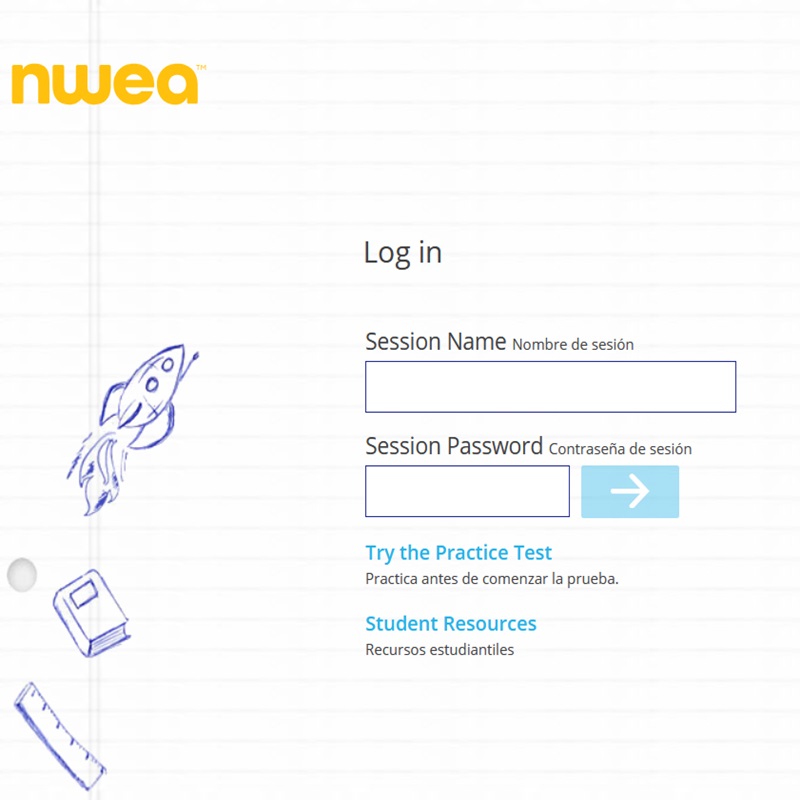
Where is the NWEA MAP Student Test Login Page for Reading Fluency?
For students taking the NWEA MAP Reading Fluency test, the login page is slightly different:
- NWEA MAP Reading Fluency Student Login:
- Go to either https://student.mapnwea.org or https://sso.mapnwea.org/auth/studentLogin
- Like the Growth test, students will need login credentials such as a Username and password, provided by their teacher.
- Click on ´Let Me In´.
MAP Reading Fluency focuses on oral reading, comprehension, and foundational skills. It helps identify early reading challenges and tracks students’ reading progress over time.
Why Can I Not Log In to NWEA MAP Test as a Student? (Troubleshooting Tips)
Sometimes, students may face issues when trying to log in to their NWEA MAP tests. Below are some common reasons and troubleshooting steps to help resolve login problems:
- Incorrect Session Name or Password: Make sure you are entering the correct session name and password provided by your teacher. These are case-sensitive, so double-check capitalization and spacing.
- Session Not Active: If the test session hasn’t been started by your teacher, you may not be able to log in. Ensure that your teacher has opened the session for testing.
- Browser Issues: The NWEA MAP test works best in specific browsers such as Chrome or Firefox. If you are using an incompatible browser, try switching to a recommended one. Clear your browser’s cache and cookies to eliminate any lingering issues from previous logins.
- Pop-Up Blockers: Ensure that pop-up blockers are disabled for the NWEA MAP test site. Sometimes the login page or test environment may be blocked by pop-up settings, and you will get this error message: “Oops! Where’s my test window? Either a pop-up blocker blocked it, the test window was moved or minimized, or the test window opened and was accidentally closed. Here’s what you can do to fix it.Reason 1:
A pop-up blocker is blocking the test window.
Solution: Ask your teacher to help you turn off the pop-up blocker and reload your test window.çReason 2:
The test window was moved or minimized.
Solution: Ask your teacher to help you find the test window or maximize the test window again.Reason 3:
The test window actually did open, but it was accidentally closed.
Solution: Refresh or close the browser window and try re-launching your test. - Slow Internet Connection:A slow or unstable internet connection can cause login problems. Try resetting your Wi-Fi or connecting to a more stable network.
- Device Compatibility: Ensure that the device you are using meets the technical requirements for running the MAP test. Most laptops, desktops, and Chromebooks are compatible, but older devices may struggle with the test’s performance.
- Testing Window Closed:If you’re attempting to log in outside of the designated testing window, you won’t be able to access the test. Confirm with your teacher that the test window is still open.
- Firewall or Security Settings:If you’re attempting to log in from home or a public network, firewall or security settings might block access to the testing site. Ensure that the test site is whitelisted in your network’s security settings.
If login issues persist, it’s best to contact your teacher or IT department for assistance. They can verify session details, reset login credentials, or troubleshoot specific issues.
General Information: How Does the NWEA MAP System Work?
The NWEA MAP test adapts to the student’s performance as they take the test. The test begins with a question at the student’s grade level. If the student answers correctly, the test presents a more challenging question. If they answer incorrectly, it gives a simpler one. This adaptive nature ensures that each student is tested based on their individual level, providing an accurate measure of their current ability.
NWEA MAP System – Why It is Popular:
- Computer Adaptive: The test adjusts difficulty based on the student’s responses.
- Real-Time Results: Teachers can view student scores immediately after the test, allowing for prompt instructional adjustments.
- Growth Focused: Rather than just focusing on grade-level proficiency, MAP focuses on individual student growth over time, making it valuable for personalized instruction.
Tests can be taken multiple times a year (usually fall, winter, and spring), allowing educators to track progress at different points throughout the school year.
Frequently Asked Questions (FAQ) About NWEA.
The Northwest Evaluation Association (NWEA) MAP test system is widely used in schools across the United States to assess student growth and proficiency. This FAQ aims to answer many common questions about NWEA, its testing process, and how students and teachers can interpret the results.
What is the purpose of the NWEA test?
The primary purpose of the NWEA test, particularly the MAP (Measures of Academic Progress) test, is to assess students’ academic progress and growth in key subject areas such as math, reading, and language usage. It is a computer-adaptive test that provides teachers with detailed data, which helps them personalize instruction to meet each student’s unique learning needs. Unlike traditional tests, MAP focuses not only on where a student currently stands academically but also on tracking how much they improve over time.
What are the values of NWEA?
NWEA’s values are centered on supporting educators and students by providing assessments that are:
- Growth-focused: Measuring not just achievement but also academic progress over time.
- Equitable: Ensuring that all students, regardless of their starting point, have opportunities for growth.
- Data-driven: Empowering educators with actionable data to guide instruction.
- Student-centered: Adapting the difficulty of the test to each individual student’s ability level to provide a more personalized experience.
What is NWEA testing in Indiana?
NWEA MAP testing in Indiana is used in schools across the state to measure student growth and achievement, aligning with the state’s academic standards. Indiana schools use the MAP Growth test to assess students’ performance in reading, math, and other key subjects, often as part of their broader educational assessment programs. MAP Growth testing is now used in schools all over the U.S, in all 50 states.
What is the highest NWEA score you can get?
The highest possible RIT score for the NWEA MAP test is typically around 350, though very few students reach this score. The RIT scale (Rasch Unit) measures a student’s academic knowledge and growth on a continuous scale.
What are the system requirements for NWEA MAP?
To run the NWEA MAP test, schools need devices that meet the following basic system requirements:
- Operating Systems: Windows 7 or higher, macOS 10.13 or higher, Chrome OS, or iOS.
- Browsers: Chrome (recommended), Firefox, Safari, or Edge. For iPads, Safari is required.
- Hardware: Devices must have at least 2 GB of RAM and support screen resolutions of 1024×768 or higher.
- Internet: A stable internet connection with at least 1 Mbps per student.
What is the 100% Score on NWEA?
NWEA MAP tests do not use traditional percentages like typical exams. Instead, students are measured using the RIT score and compared to national norms. However, 100% percentile means a student has scored higher than 100% of their peers in the norm group, a rare achievement. The 100 score means a low score as most score between 140 and 300 in the RIT scale.
What is the full score for NWEA?
There isn’t a fixed “full score” for the NWEA MAP test since it is adaptive and measures growth. The test is scored on a RIT scale that can go up to 350 in some subjects, but scores in this range are exceedingly rare. Most students score between 140 and 300, depending on their grade level and subject.
What is average on NWEA?
The average RIT score varies by grade and subject. For example, in the 6th grade, an average score for math might be around 220-230, while reading scores could average around 210-220. NWEA provides grade-level benchmarks to compare individual student scores to national norms.
What is a good NWEA math score?
A “good” NWEA math score depends on the student’s grade level. For instance, in 5th grade, a score of 230 or higher might be considered above average, while for 8th grade, a score of 250 or higher may indicate high achievement.
What are the NWEA color ranges?
The NWEA color ranges are often used to visually represent students’ performance relative to national norms:
- Red: Significantly below grade level.
- Yellow: Below grade level, but close.
- Green: At or near grade level.
- Blue: Above grade level. These colors help teachers quickly identify students who may need additional support or challenges.
What does low growth high achievement mean in NWEA?
“Low growth, high achievement” in NWEA means that a student is performing well compared to peers but has shown relatively little improvement compared to previous assessments. This could indicate the need for more challenging material or different instructional strategies to keep the student progressing.
What are the NWEA goal ranges?
NWEA goal ranges are specific benchmarks within subjects that indicate where a student’s performance falls in different content areas. For example, in reading, a student might receive separate scores for skills like vocabulary, informational text, and literature. These goal ranges help teachers focus on specific areas for improvement.
What does RIT mean in NWEA?
RIT stands for Rasch Unit. It is a stable, equal-interval scale that measures a student’s academic growth and knowledge, regardless of grade level. Unlike raw scores, the RIT score allows educators to track student growth over time and compare scores year to year.
What does the standard deviation of NWEA mean?
The standard deviation in NWEA refers to the spread of scores within a group of students. A lower standard deviation means that the students’ scores are more closely clustered around the average, while a higher standard deviation indicates a wider range of scores, with some students performing significantly higher or lower than the average.
How does NWEA work?
NWEA uses a computer-adaptive test system that adjusts the difficulty of questions based on the student’s responses. If a student answers a question correctly, the next question becomes harder. If they answer incorrectly, the following question becomes easier. This adaptive nature creates a personalized assessment for each student.
Is NWEA the same as MAP?
Yes, NWEA and MAP are essentially the same in this context. MAP (Measures of Academic Progress) is the specific assessment product offered by NWEA. While NWEA is the organization, MAP refers to the adaptive testing system they provide.
What is the acronym for NWEA?
NWEA stands for Northwest Evaluation Association, which is the organization behind the MAP test and other educational assessments.
Where is NWEA from?
NWEA is based in Portland, Oregon, in the United States. It serves schools across the U.S. and internationally by providing assessments that measure student growth and achievement.
What is the highest score on NWEA MAP?
The highest possible score on the NWEA MAP test is around 350. This score is rare and typically only seen in the higher grade levels or for students with exceptionally high academic abilities.
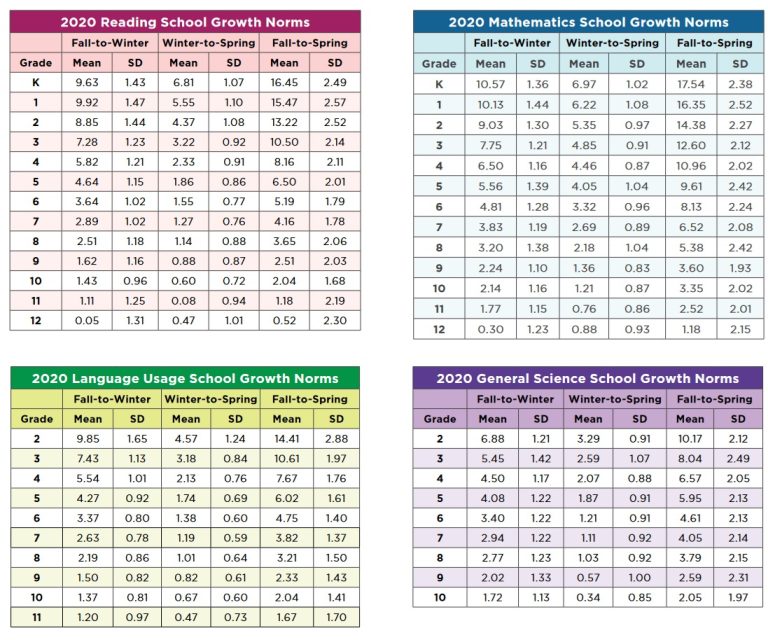

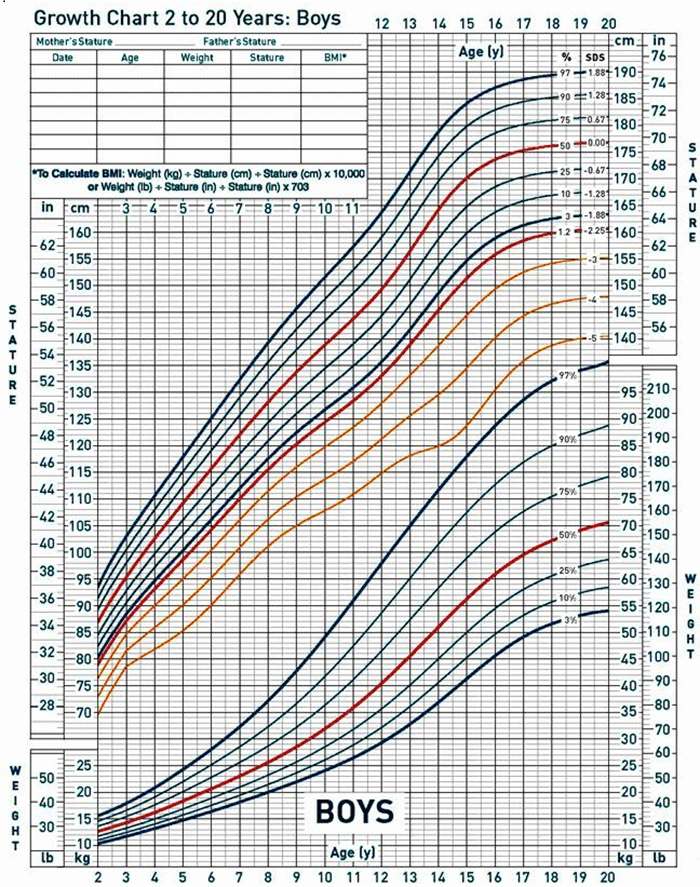
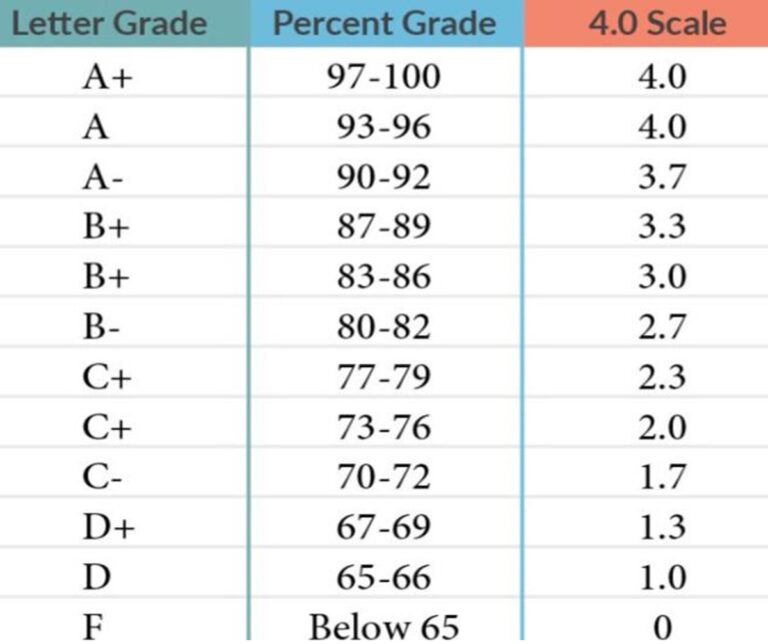
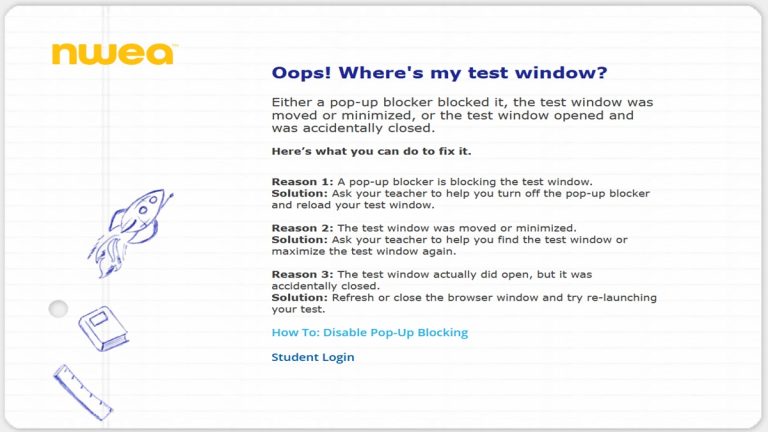

so whats the deal with NWEA testing in Indiana? never heard of it before this. anyone got like, a simple explanation or something? feels like I missed a memo lol
The NWEA MAP test is just a way schools measure how students are doing in various subjects over time. Indiana schools use it to help teachers understand where their students stand academically.
I read theyre just using these tests to get more funding. honestly, does it even help the kids or just make more work for teachers?
This article really helped me understand what my kids go through with the MAP testing. Thanks for breaking it down, i-Ready. Appreciate the details!
i dont get why we even need more tests. like, aren’t the regular school tests enough? feels like NWEA just adds more stress tbh
hey, anyone knows if the system requirements for NWEA MAP are high? got a kinda old computer and hoping it can handle it for my little sis.
While NWEA MAP provides valuable data, I wonder if it places too much emphasis on standardized testing. Isn’t there a better way to assess comprehensive learning without causing stress and competition among students?
I see your point, JoolsT, but I think NWEA MAP helps us identify and support students who need it. It’s all about how we use the data to improve learning experiences.